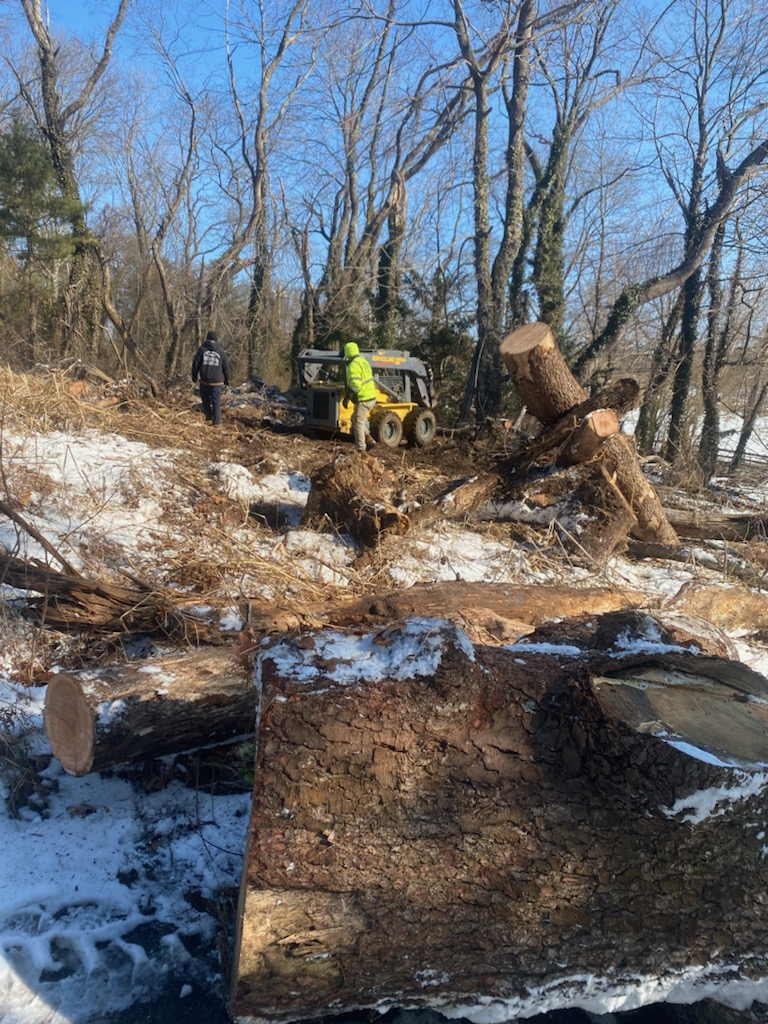Standards allude to norms or solutions for working with or organizing different components to deliver the expected landscape plan. Great landscape configuration follows a blend of seven standards: solidarity, balance, extent, centralization or accentuation, succession or progress, beat, and redundancy.

Solidarity alludes to the utilization of components to make concordance and consistency with the principle topic or thought of the landscape plan. Solidarity gives the landscape plan a feeling of unity and interconnection. Solidarity in landscape configuration can be accomplished by utilizing plants, trees, or material that have rehashing lines or shapes, a typical tone, or comparative surface. In any case, an excess of solidarity in landscape configuration can exhaust. In this manner, it is critical to bring some assortment or differentiation into the landscape plan.
Balance gives the landscape plan a feeling of harmony and evenness in visual fascination. There are three different ways by which equilibrium might be introduced in landscape plan. Even or formal equilibrium is accomplished when the mass, weight, or number of articles the two sides of the landscape configuration are actually something very similar. Deviated or casual equilibrium in landscape configuration proposes a sensation of equilibrium on the two sides, despite the fact that the sides don’t appear to be identical. Deviated balance in visual fascination might be accomplished by utilizing restricting sytheses on one or the other side of the focal pivot. Landscape plan with spiral equilibrium has a middle point. A sunflower, a wheel, and the cross-part of an orange all have spiral equilibrium.
Extent depicts the size connection between parts of the landscape plan or between a piece of the plan and the plan in general. An enormous wellspring would squeeze a little terrace garden, however would supplement a rambling public patio. Moreover, extent in landscape configuration should think about how individuals cooperate with different parts of the landscape through ordinary human exercises.
Centralization or Emphasis guides visual focus toward a focal point or conspicuous piece of the landscape plan. This could be a hanging earth-structures design, a stone-completed Corinthian nursery wellspring, a mass of engineering herbaceous perennials, or an exquisite tidy. Accentuation in landscape configuration might be accomplished by utilizing a differentiating tone, an alternate or uncommon line, or a plain foundation space. Ways, walkways, and decisively positioned plants lead the eye to the point of convergence of the landscape without diverting from the general landscape plan.
Succession or Transition makes visual development in landscape plan. Succession in landscape configuration is accomplished by the steady movement of surface, structure, size, or shading. Instances of landscape plan components experiencing significant change are plants that go from coarse to medium to fine surfaces or softscapes that go from enormous trees to medium trees to bushes to bedding plants. Progress in landscape configuration may likewise be utilized to make profundity or distance or to underline a point of convergence.
Cadence makes a sensation of movement which drives the eye from one piece of the landscape plan to another part. Rehashing a shading plan, shape, surface, line or structure brings out mood in landscape plan. Legitimate articulation of musicality disposes of disarray and dullness from landscape plan.
